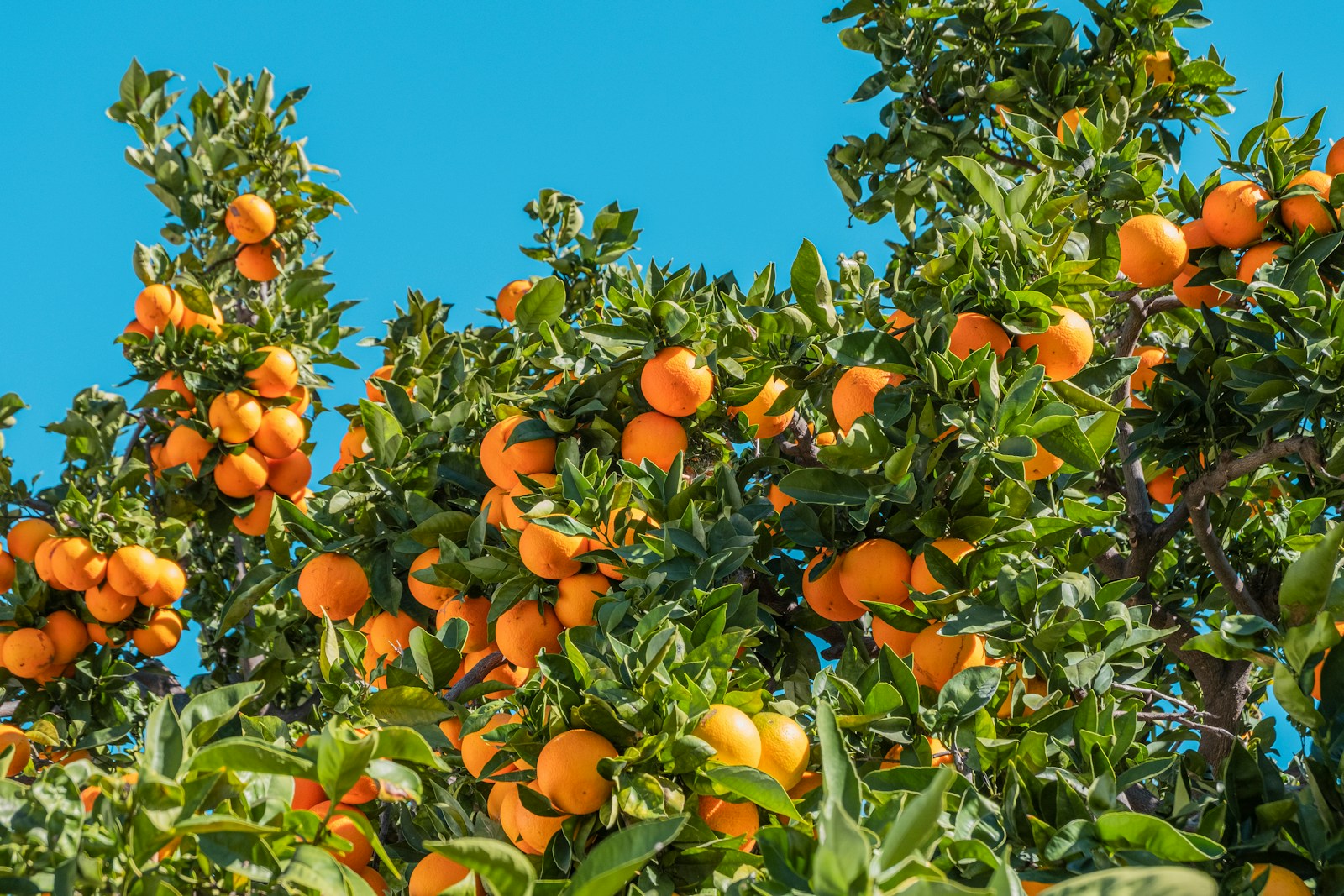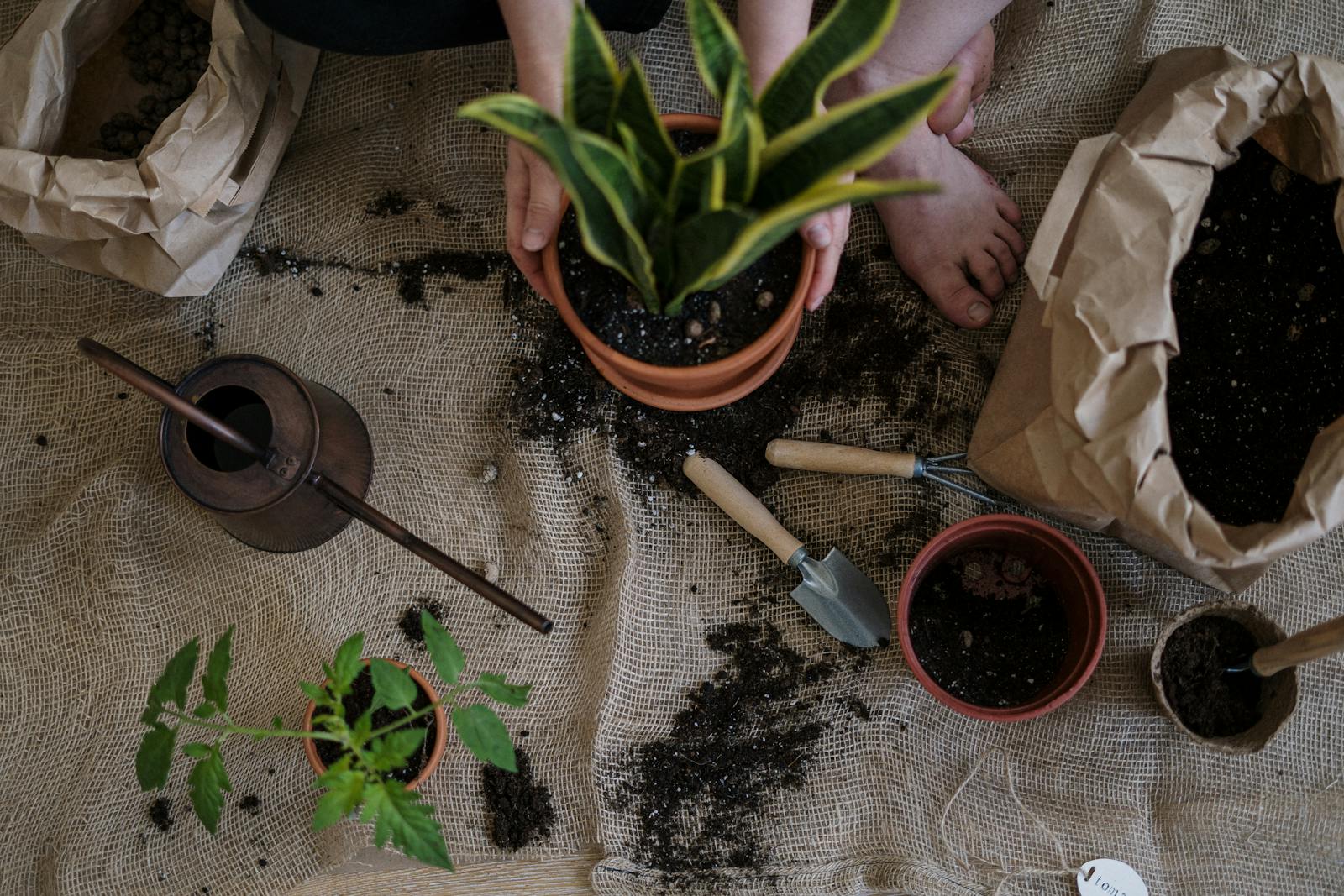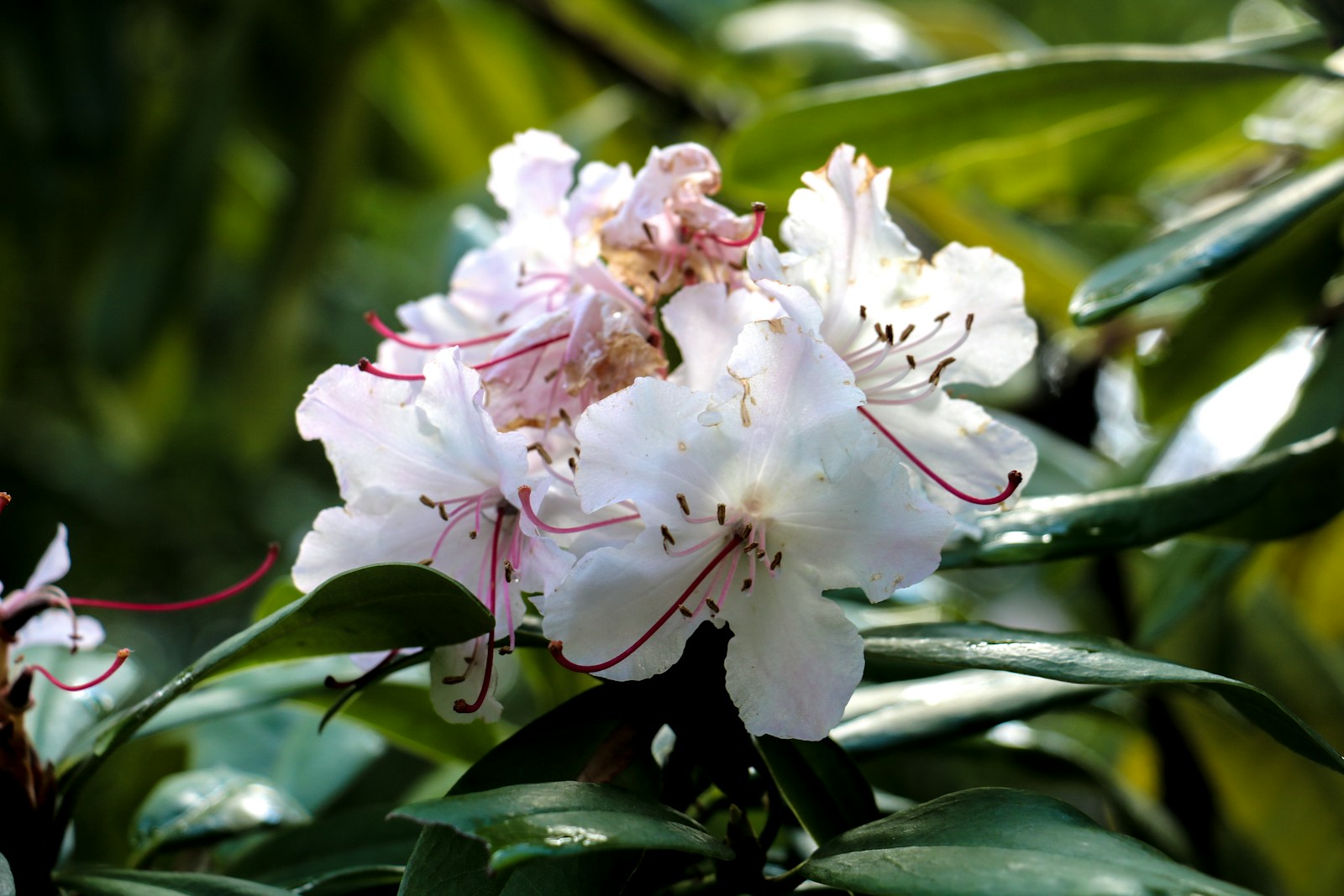Fruit Trees and Berry Bushes for Home Gardens
Why Grow Fruit Trees and Berry Bushes?
Planting fruit trees and berry bushes in your home garden provides fresh, homegrown produce, adds beauty to your landscape, and promotes sustainability. Unlike annual crops, these perennials offer long-term yields and require less frequent planting once established.
Beyond food, they support local wildlife, offer shade, and enhance property value. Whether you have a large yard or a small patio, there are varieties of fruit trees and berry bushes that suit every space. With the right care, your garden can produce sweet rewards year after year.
Choosing the Right Varieties for Your Zone
Before planting fruit trees and berry bushes, consider your USDA hardiness zone and local climate. Cold-hardy apples, cherries, and blueberries thrive in northern regions, while citrus, figs, and pomegranates prefer warmer zones. Select varieties labeled for your zone to ensure winter survival and consistent yields.
Also factor in disease resistance, chill-hour requirements, and pollination needs. Some trees like apples require cross-pollination, while many berries are self-pollinating. Local nurseries and extension services are great resources for selecting regionally adapted varieties that will flourish in your garden.
Best Fruit Trees for Home Gardens
Popular fruit trees for home gardeners include apples, peaches, pears, plums, and figs. Dwarf and semi-dwarf varieties are especially suited for smaller yards, as they remain compact while still producing full-sized fruit. These types are easier to prune, harvest, and manage.
Look for disease-resistant cultivars like ‘Liberty’ apple or ‘Reliance’ peach to reduce maintenance. Citrus trees—like lemons and limes—can even grow in containers and be moved indoors during colder months. Choose based on your taste preferences, space limitations, and local conditions to enjoy fruitful success.
Top Berry Bushes to Grow at Home
Berry bushes are perfect companions to fruit trees in a home garden. Blueberries, raspberries, blackberries, and currants are among the easiest and most rewarding to grow. They often bear fruit within the first couple of years and continue producing for a decade or more.
Blueberries need acidic soil (pH 4.5–5.5), so consider soil testing and amendments if necessary. Raspberries prefer well-drained soil and may need trellising. Choose thornless varieties for easier harvesting and maintenance. With proper care, berry bushes deliver flavorful harvests and vibrant seasonal interest.
Preparing the Soil and Planting
Fruit trees and berry bushes thrive in nutrient-rich, well-drained soil. Begin by testing your soil’s pH and structure, then amend it with compost or aged manure. Avoid waterlogged areas, which can cause root rot, and choose sunny spots with at least six hours of direct light daily.
Dig planting holes twice as wide as the root ball but no deeper. Backfill with a mix of native soil and organic matter, and water deeply after planting. Apply mulch around the base—keeping it away from the trunk—to conserve moisture and suppress weeds as your plants establish.
Watering and Fertilizing for Healthy Growth
Consistent watering is key during the first year after planting fruit trees and berry bushes. Deep watering encourages root development and helps plants establish quickly. Water at the base of the plant to avoid wetting leaves, which can lead to disease.
Fertilize in early spring with organic compost, worm castings, or a balanced slow-release fertilizer designed for fruiting plants. Avoid high-nitrogen fertilizers that promote foliage over fruit. Monitor growth and adjust feeding throughout the season to support blooms, fruit development, and strong, healthy branches.
Pruning and Training for Better Yields
Regular pruning helps shape fruit trees and berry bushes, improves airflow, and encourages more fruit production. For trees, prune in late winter or early spring before buds break. Remove crossing, dead, or weak branches to focus energy on productive wood.
Berry bushes benefit from yearly pruning as well. Remove old canes from raspberries and blackberries after fruiting to make way for new growth. Training plants on trellises or supports improves light exposure and access, making harvesting easier and increasing overall yield.
Dealing with Pests and Diseases Naturally
Fruit trees and berry bushes can attract pests like aphids, beetles, and birds, as well as diseases such as powdery mildew or blight. Use natural deterrents like neem oil or insecticidal soap, and encourage beneficial insects like ladybugs and lacewings by planting companion flowers.
Practice good garden hygiene—remove fallen fruit, prune infected branches, and rotate crops to reduce disease cycles. Netting can help protect berries from birds, while dormant oil sprays are useful for trees during the off-season. Monitoring your garden regularly keeps problems manageable and your harvests intact.
Harvesting and Storing Your Fruit
Knowing when to harvest ensures peak flavor and nutrition. Pick berries when they’re fully colored and come off easily. Fruit like apples or pears may need to be tested for firmness and sweetness. Use clean, sharp tools to prevent damage to the plant.
Store harvested fruit in cool, dry conditions. Berries can be frozen, made into jams, or dried for long-term use. Apples and pears last longer in refrigerators or root cellars. Enjoy the fruits of your labor fresh, preserved, or shared with friends and family from your thriving home garden.
Growing in Containers and Small Spaces
Even if you don’t have a large yard, you can still enjoy fruit trees and berry bushes. Many dwarf and patio varieties grow well in containers. Use pots that are at least 18–24 inches in diameter, with good drainage and nutrient-rich potting soil.
Citrus, figs, and blueberries are especially suited for container growing. Regular watering and fertilizing are critical in pots, as nutrients wash out more quickly. Place containers in sunny locations, and be prepared to move them indoors or to sheltered areas during extreme weather conditions.
Creating a Fruitful Landscape Design
Fruit trees and berry bushes can be both productive and ornamental. Consider incorporating them into your landscape as hedgerows, privacy screens, or focal points. Espaliered fruit trees against walls or fences save space and add visual interest, while mixed berry borders offer colorful blooms followed by sweet harvests.
Interplanting with pollinator-friendly flowers improves yields and supports biodiversity. Choose varieties with staggered bloom times to extend harvests across the seasons. With thoughtful planning, your garden can be both beautiful and bountiful all year long.
Pollination and Cross-Pollination Tips
Many fruit trees and berry bushes require or benefit from cross-pollination. Apples, pears, and some plums need a second variety nearby to produce fruit, while others like blueberries yield more when cross-pollinated. Choose compatible varieties that bloom at the same time and plant them within 50 feet of each other.
Self-pollinating trees—such as peaches, figs, and sour cherries—can fruit alone but may still produce better with a pollinator partner. To boost pollination naturally, attract bees and other pollinators by planting native wildflowers or installing a small pollinator habitat nearby.
Overwintering and Winter Care
Fruit trees and berry bushes need winter protection, especially in colder zones. Apply mulch around the base to insulate roots and prevent freeze-thaw damage. In windy areas, wrap trunks with tree guards or burlap to protect from sunscald and animal browsing.
In containers, move plants to sheltered spots or unheated garages when temperatures drop. Reduce watering during dormancy but don’t let roots dry out completely. With the right winter care, your plants will emerge strong and ready to grow come spring.
Extending the Harvest Season
To enjoy fresh fruit for longer, grow a mix of early-, mid-, and late-season varieties. For example, June-bearing strawberries start the season, followed by summer raspberries, and finishing with fall-bearing varieties. With apples, you can harvest from late summer through late fall, depending on the cultivar.
Succession planting, proper pruning, and storing techniques can help you enjoy fruit nearly year-round. A diverse mix of fruit trees and berry bushes ensures continuous harvests, greater food security, and more variety in your meals and preserves.
Reaping the Long-Term Rewards
Growing fruit trees and berry bushes is a rewarding investment in your home and health. While these perennials take time to establish, the long-term payoff is abundant, fresh, chemical-free produce grown right in your backyard. With care and patience, they’ll provide for decades to come.
Beyond food, these plants offer shade, beauty, and a deeper connection to nature. Start with a few well-chosen varieties and expand as you gain confidence. With the right planning and practices, your garden can be both productive and profoundly satisfying season after season.
Frequently Asked Questions
What are the best fruit trees and berry bushes for beginners?
Great choices for beginners include apple, peach, and fig trees, along with blueberries, raspberries, and strawberries. These plants are relatively easy to grow, adaptable to various climates, and offer reliable yields. Look for disease-resistant varieties and dwarf or container-friendly options if space is limited. With proper sunlight, well-drained soil, and consistent care, these fruit trees and berry bushes provide rewarding harvests and help build your confidence as a home gardener. Start small and expand as you learn more about pruning, fertilizing, and seasonal care.
How much space do I need to grow fruit trees and berry bushes?
Space requirements depend on the variety you choose. Dwarf fruit trees need as little as 6–10 feet between trees, while standard trees may need 15–25 feet. Berry bushes generally require 2–4 feet between plants and 6–8 feet between rows. For small gardens, choose compact or container-friendly varieties. Vertical supports, trellising, and creative layout planning can also help maximize your space. Proper spacing improves air circulation, reduces disease risk, and makes harvesting easier, allowing your fruit trees and berry bushes to thrive without crowding.
Can I grow fruit trees and berry bushes in containers?
Yes, many fruit trees and berry bushes grow well in containers, especially dwarf or patio varieties. Choose large pots—at least 18–24 inches wide—with good drainage and quality potting soil. Citrus trees, figs, blueberries, and strawberries are excellent candidates. Container plants require more frequent watering and fertilizing than in-ground options, and they may need winter protection in colder climates. With regular care and the right setup, container gardening allows you to enjoy fresh fruit even in limited spaces like patios, balconies, or small yards.
When is the best time to plant fruit trees and berry bushes?
The best time to plant is in early spring or fall when temperatures are mild and plants can establish roots before summer heat or winter chill. Bare-root trees are typically planted in late winter to early spring, while container-grown plants offer more flexibility. Make sure the soil is workable and frost-free. Planting at the right time gives your fruit trees and berry bushes a head start and helps them settle in with minimal stress. Always water deeply after planting and mulch to retain moisture.
Do fruit trees and berry bushes need pruning?
Yes, regular pruning is essential for healthy growth, better air circulation, and increased fruit production. For fruit trees, prune in late winter or early spring to remove dead or crossing branches and to shape the tree. For berry bushes, prune out old canes after harvest to promote new growth. Trellising or training can also help manage plant shape and support heavier yields. Pruning reduces disease risk and ensures that your fruit trees and berry bushes focus their energy on producing flavorful, abundant fruit each season.
© 2025 GardeningandDecor.com. All rights reserved.



